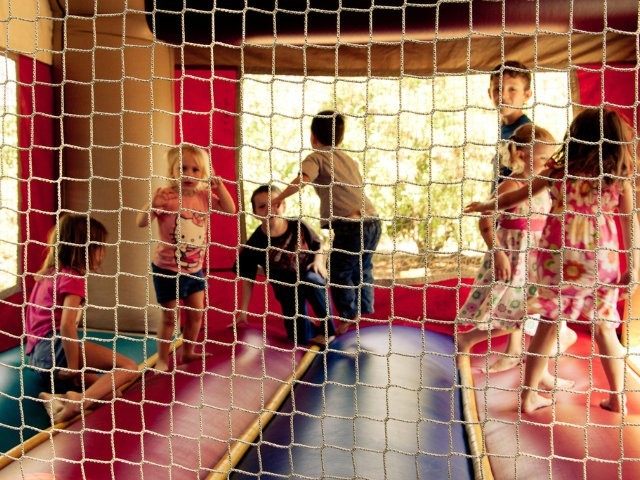Doctors are warning parents against reviving “measles parties” intended to expose children to the disease at a gathering with at least one infected person.
The parties ostensibly help children build immunity against the disease and are used instead of vaccinating or leaving exposure up to chance. Such practices have been discouraged despite similar events such as “pox parties” which expose children to chickenpox for the purpose of building immunity.
“CDPH strongly recommends against the intentional exposure of children to measles as it unnecessarily places the exposed children at potentially grave risk and could contribute to further spread of the outbreak,” Dr. Gil Chavez of the CDPH said in a statement reported by CBS Los Angeles.
The Centers for Disease Control and Prevention (CDC) states, “Measles can be serious, especially for children younger than 5 years old. It can lead to pneumonia, encephalitis (swelling of the brain), and death.”
A recent study of children’s electronic medical records in northern California revealed higher levels of under-immunization among graduate-level educated as well as low-income communities.
Since the current measles outbreak began in mid-December of last year, 103 cases have been confirmed within California, according to California Department of Public Health (CDPH) numbers published Friday. Only 67 of those cases have been linked to exposure associated with the Disneyland outbreak. In addition, 16 cases were previously confirmed in at least six other states and Mexico connected with the Disneyland outbreak.
CDPH has since stopped reporting on numbers outside the state due to the fact that other states are not required to report to CDPH.
Measles is considered extremely contagious, with infected persons considered contagious from four days before until four days after exhibiting a rash. Coughs and sneezes from an infected person can release droplets into the air, landing on surfaces and remaining contagious for up to two hours afterward.
In the year 2000, public health officials declared measles effectively eliminated in the United States. Many of the cases that have appeared in the U.S. have originated from persons becoming infected outside the U.S. and introducing the disease in the country upon arrival here.
2014 saw a severe spike in the number of measles cases in the U.S., with more than three times as many cases as any year since 2000, according to CDC records. The CDC attributes a number of the cases to an outbreak that occurred in the Philippines and among unvaccinated persons in Ohio Amish communities. The Philippines had a 90% vaccination rate as of 2013, as recorded in a World Health Organization report.
Follow Michelle Moons on Twitter @MichelleDiana

COMMENTS
Please let us know if you're having issues with commenting.